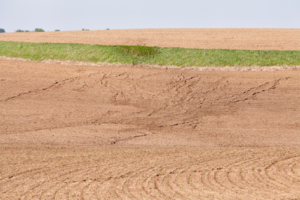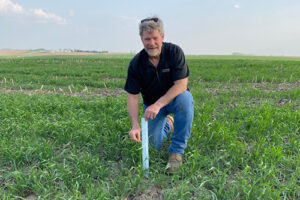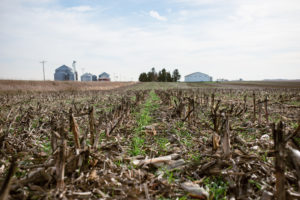By Dustin Brucker, Soil Health Partnership
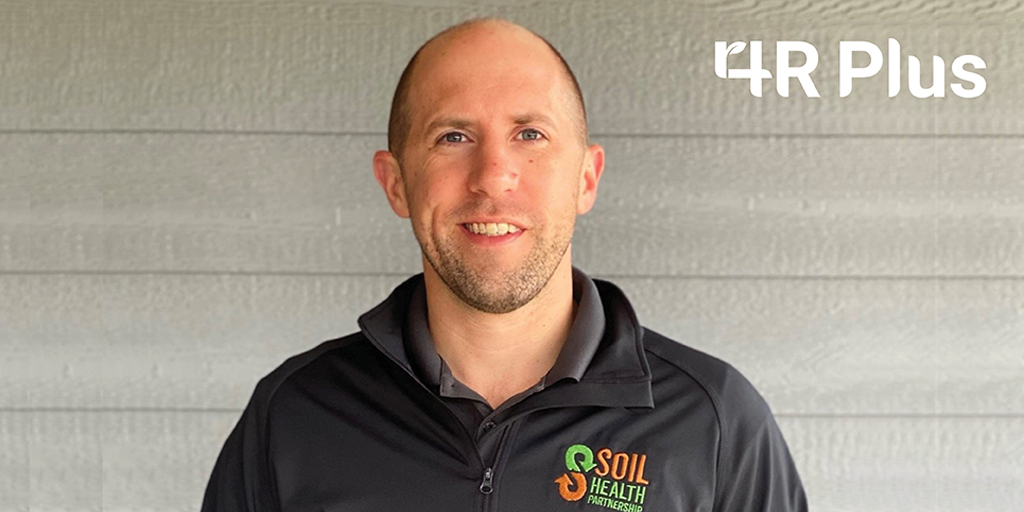
By seeking to understand the agronomics and economics of building soil health through advanced management practices, Soil Health Partnership (SHP) helps growers understand the costs and returns involved in making these changes. As each farm has a different operational structure – ranging from tillage practices to nutrient management to cover crop adoption – it is important to translate the varying factors that can influence success in building soil health.
With the cooperation of Environmental Defense Fund (EDF) and the agricultural accounting firm K-Coe Isom, SHP recently delivered an in-depth look into financial and agronomic records for seven farmers across four states, who represent a wide range of environments, operational sizes, and conservation experience and goals. The findings from “Conservation’s Impact on the Farm Bottom Line” put real numbers behind the adoption of soil conservation practices, and the project was fortunate to have two Iowa growers provide unique operational viewpoints.
Conservation tillage reduces operating costs
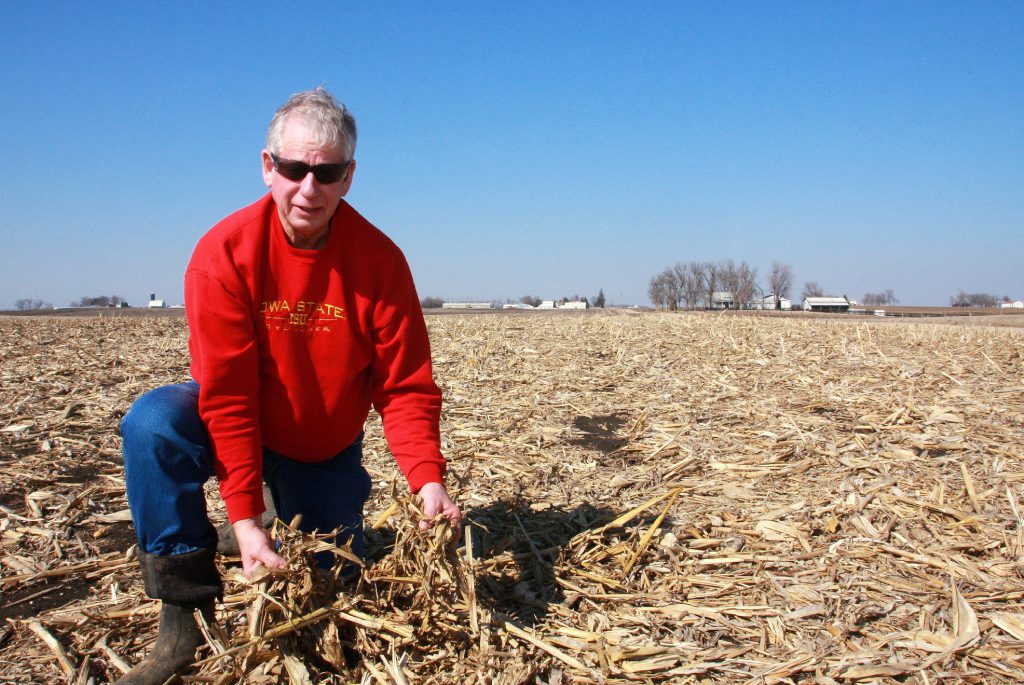
One grower from Calhoun County, Dwight Dial, has been no-till farming on his corn and soybean operation for over 30 years and added cover crops more recently. Through no-till practices, Dwight operates one of the lowest cost operations in the report. His goal is to maximize profitability, not necessarily highest yields, and his finances support this. His direct costs on a cornfield with cover crops ranged between $320 per acre and $345 per acre, nearly $100 less than the average cover cropped corn operation in the study. These savings are primarily driven by lower fuel consumption and herbicide costs.
Cover crops can be part of a profitable system
Adding cover crops, though an increased expense, has brought value for Dwight in his ability to prevent nutrient loss from erosion, as well as some weed suppression when planting green. Dwight says he maximizes cover crop acres and profitability through national programs, like the Natural Resources Conservation Service (NRCS), and state and local programs, like those offered by his local watershed.
With seed costs of $13.90, application costs of $12.75 and spring burndown of $8.95, Dwight estimates a total of $35.60 for his cover crop program. He often cites the burndown of the cover crop as a practice that most farmers do anyway in their spring planting plan, so it’s not an additional cost in his viewpoint. Additionally, he prefers to use the cheapest seed and application method to do the job and meet program requirements. Cereal rye is the staple of his seedings but also will include rapeseed, turnips and oats on occasion.
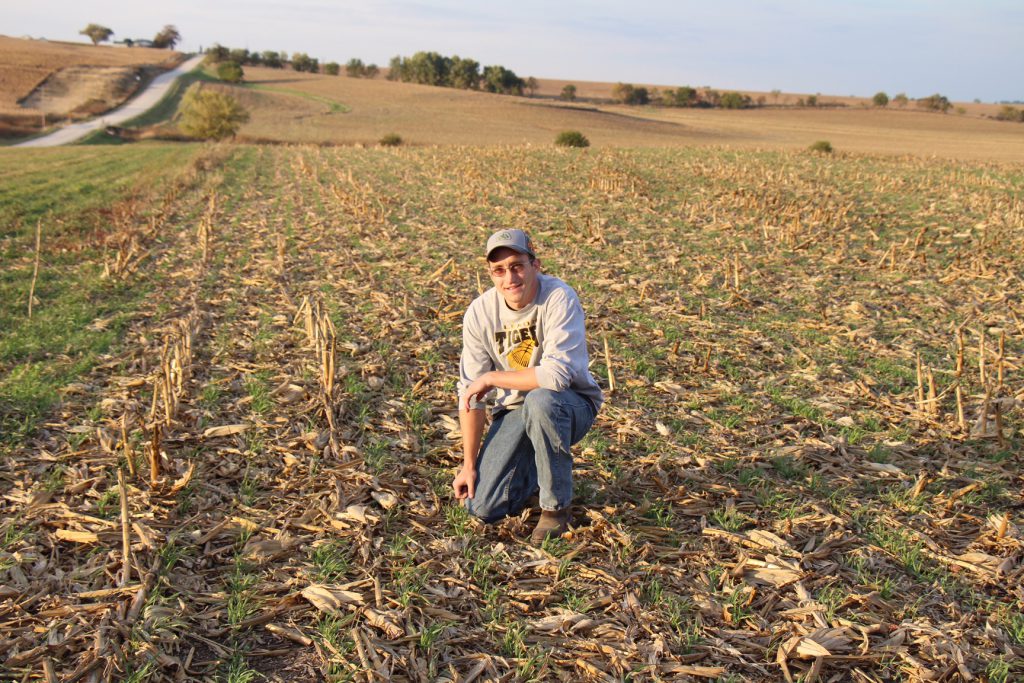
Another grower from Adams County, Chris Gaesser, uses cover crops at a different scale and approach. His family operation is committed to implementing cover crops on a large scale in a cost-effective manner, where external funding programs are not required for profitability. Their hilly, highly erodible land is ideal for conservation management practices like cover crops and no-till, and his farm has the goal of self-sustaining cover crop management.
Though Chris has been using no-till and cover crops for longer than most in the study (10 years), he is continually adapting seeding and termination methods to maximize profitability while improving soil health. On his nearly 5,000-acre operation, he is able to seed cover crops shortly after harvest by both broadcast and drilling at a cost of $7 per acre for cereal rye seed and $7 per acre for application cost. They are uniquely able to achieve these cost savings by growing their own cereal rye seed, storing, cleaning and seeding all internally.
Success with 4R Plus practices optimized with a targeted approach
The goal of the report is to provide insight on how farmers in our program have successfully implemented conservation practice on their farms. As with any change in management, challenges occur when trying new soil health practices. Our study finds that experience matters greatly, and we can take what we learned from others’ successes and help new adopters make the most effective decisions.
Each grower will have different conservation goals, but sustaining long-term profitability on healthy soil should remain the primary objective. As such, SHP is here to help growers navigate successful farming productivity while minding soil conservation with creativity, ingenuity and guidance.
Visit the Soil Health Partnership’s YouTube channel to watch webinars, learn about the farmers in the program and more.
Dustin Brucker is a field manager for the Soil Health Partnership. His role includes providing technical assistance to SHP farmers in Iowa.

